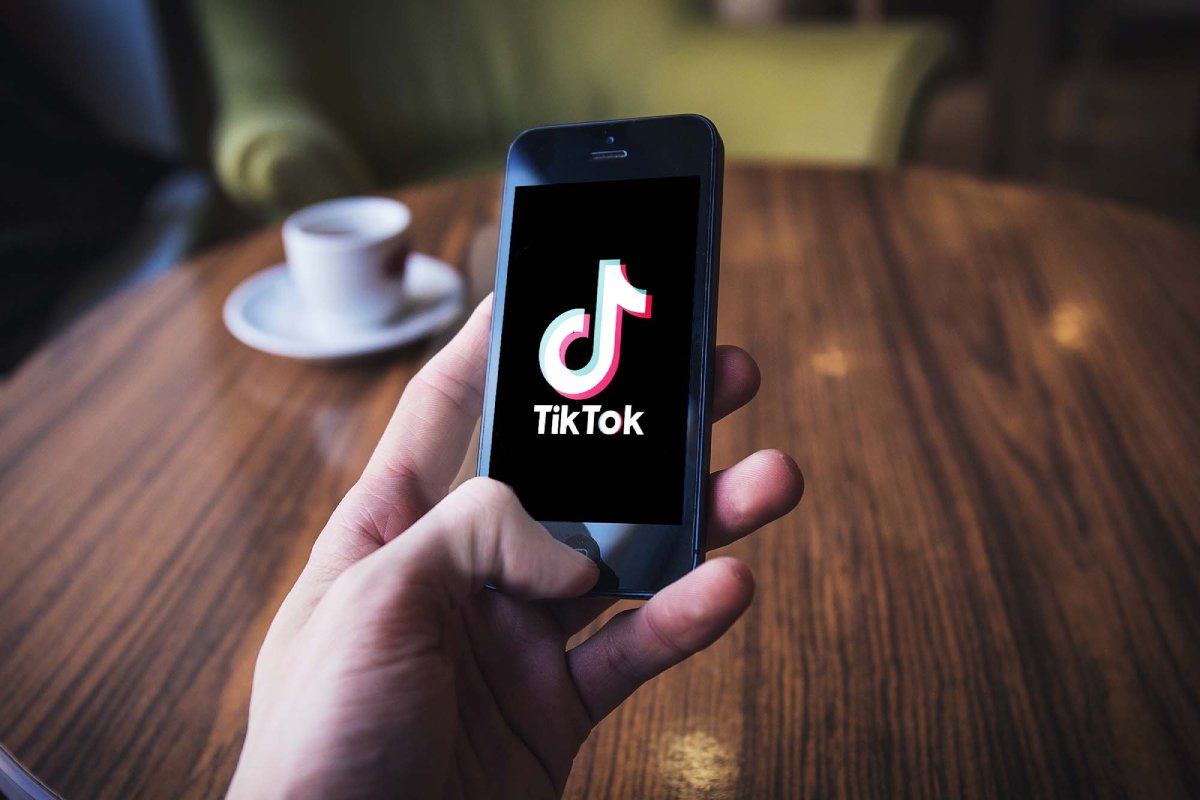How Much Will the New Digital Nomad Workforce Benefit Travel?

Skift Take
In our latest report, Skift Research analyzes the potential market for digital nomads and their impact on the travel industry.
The pandemic has jolted the world into a new acceptance of hybrid and fully remote jobs. The below excerpt focuses on why we believe that this newfound professional flexibility is, and will, continue to drive a surge of interest in digital nomadism.
The full report continues even further to estimate the the potential spending power of digital nomads in the U.S.
Preview and Buy the Full Report
Remote Work Drives More Travel
Already our travel tracker is showing that remote work is creating a higher propensity for Americans to travel. In April 2021, 14 percent of Americans told us they had taken more short-term trips and 16 percent had taken an extended trip because of their remote work status. A further 24 percent were planning to take a remote-induced extended trip. Said another way, more than half of Americans had taken or were planning to travel as a result of being remote.

Keep in mind, the average American only uses half of their given vacation days in a year and as a result the nation left a cumulative 768 million unused vacation days on the table in 2017. Cost was the biggest reason given for not using allotted vacation time. Secondarily was trouble getting away from work with 30 percent of Americans listing it as their primary or secondary reason for not traveling. Digital Nomadism addresses both issues and will make it significantly easier for Americans to travel.

Digital nomadism addresses the cost hurdle of travel indirectly. It does not make the travel itself any cheaper but creates savings elsewhere. For the average American, housing is their largest expense, typically a total of 16 percent of annual spending budgets. This is followed closely by transportation at 14 percent of annual spending.
Digital nomads have the flexibility to convert their housing costs into travel spend and as remote workers there are immediate transportation savings. In effect, switching from a permanent office worker to a digital nomad frees up a third of most Americans' budget to be spent on travel.
What about finding time to get away from work? At first glance, becoming a digital nomad does not necessarily solve for this. Remote workers still work full time after all. But by being located in-country, digital nomads will find it much easier to stage extended trips from their new home base. Plus, they can experience the local culture outside of work hours even though traditional tours and activities may not be possible. Traveling and working as a digital nomad plays into the desire to ‘live like a local’ which is increasingly important to modern travelers, especially among younger generations.
With the combination of flexible jobs, cost savings, and local experiences interest in becoming a digital nomad has skyrocketed. Since the start of the pandemic in April 2020 digital nomad related Google searches have increased by 50 percent and are up by more than 1,000 percent over the last decade.

Preview and Buy the Full Report
Subscribe now to Skift Research Reports
This is the latest in a series of research reports, analyst sessions, and data sheets aimed at analyzing the fault lines of disruption in travel. These reports are intended for the busy travel industry decision-maker. Tap into the opinions and insights of our seasoned network of staffers and contributors. Over 200 hours of desk research, data collection, and/or analysis goes into each report.
After you subscribe, you will gain access to our entire vault of reports, analyst sessions, and data sheets conducted on topics ranging from technology to marketing strategy to deep dives on key travel brands. Reports are available online in a responsive design format, or you can also buy each report à la carte at a higher price.




